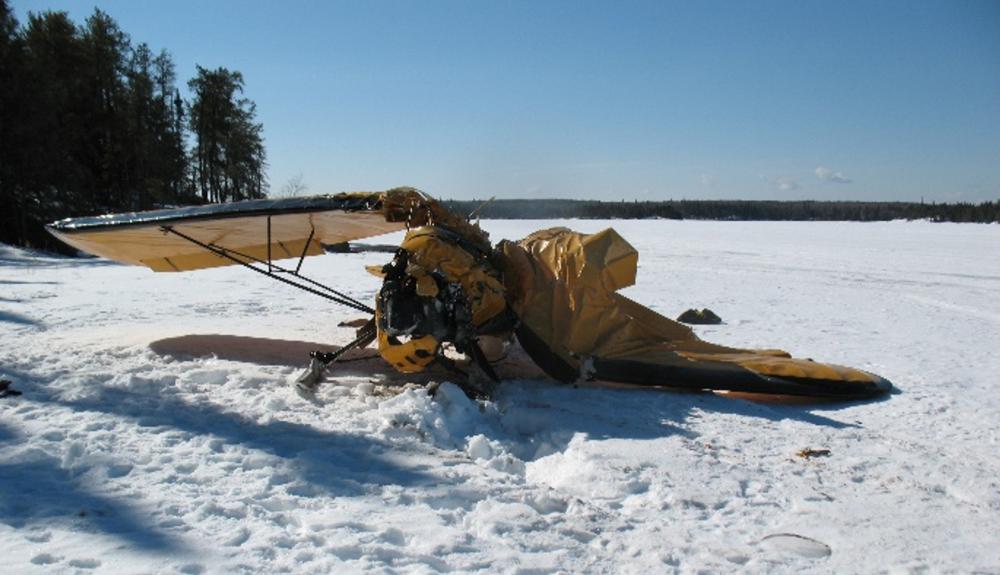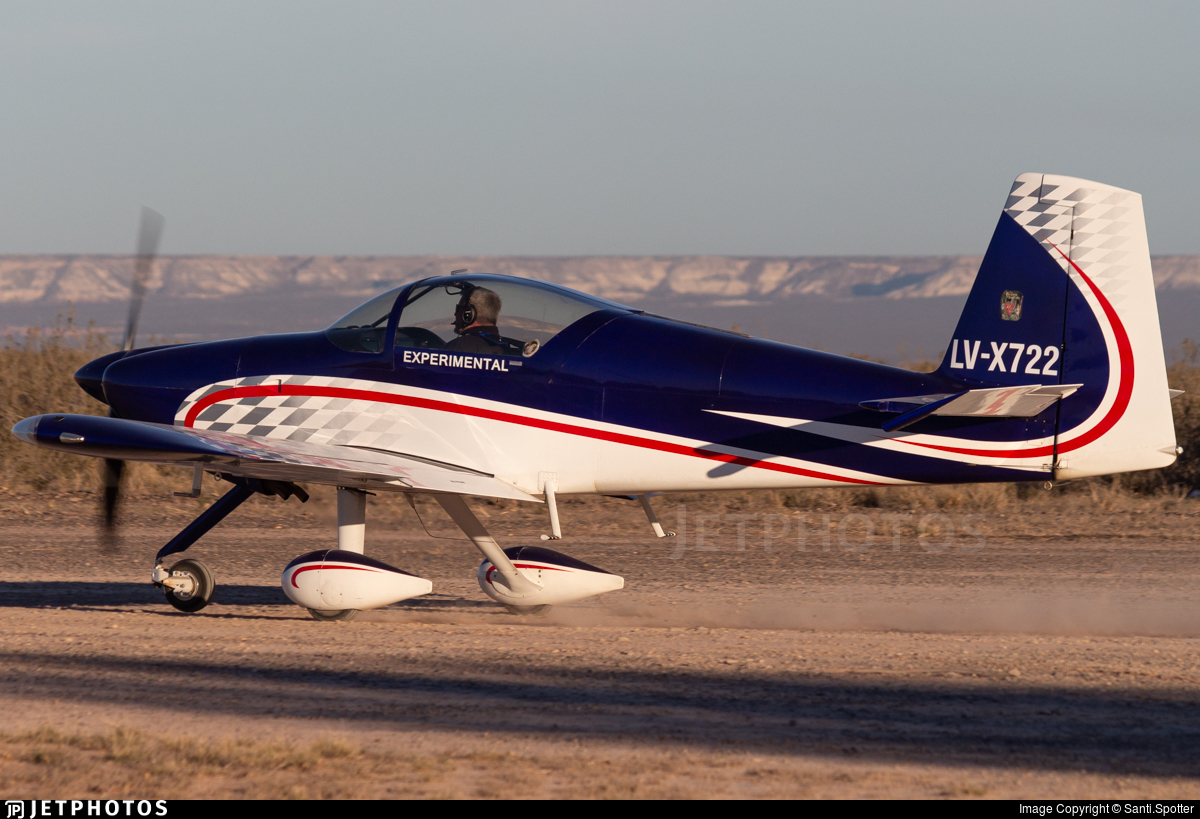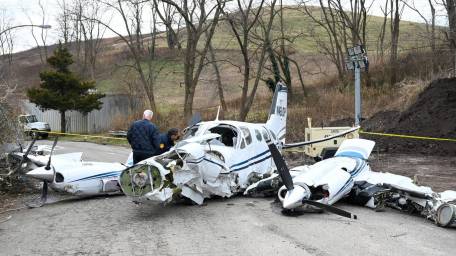
Transportation Safety Board of Canada – Link
Reproduction of this publication is meant solely for educational purpose to help prevent accidents and inform the public and Pilots.
Wing lift strut assembly failure and collision with terrain
Piper J3C-65, C-FLDQ (privately registered)
Snowshoe Lake, Ontario
30 March 2019
History of the flight
On 30 March 2019, a privately registered, ski-equipped Piper J3C-65 aircraft (registration C-FLDQ, serial number 16839) was conducting a visual flight rules (VFR) flight from Gun Lake, Ontario, to Snowshoe Lake, Ontario, approximately 53 nautical miles (NM) northwest of Kenora Airport (CYQK), Ontario, with the pilot and 1 passenger on board. The purpose of the flight was to transport the passenger to a hunting and fishing outpost lodge to complete some renovations. The passenger was an employee of the pilot, who owned both the aircraft and the lodge.
On arrival at Snowshoe Lake, at approximately 1319,Footnote1 the pilot conducted a low pass from a north-northwest direction, near the outpost lodge, to advise lodge guests of their arrival. During the low pass, control of the aircraft was lost and the aircraft struck the frozen surface of the lake. Bystanders at the lodge responded immediately and called for emergency services.
The pilot was fatally injured. The passenger received serious injuries and died 6 days later. The aircraft was destroyed; there was no post-impact fire. The aircraft was not equipped with an emergency locator transmitter (ELT), though one was required by regulation.
Aircraft information
The occurrence Piper J3C-65 was a single-engine, high-wing, 2-place (tandem) airplane with a conventional landing gear and was manufactured by the Piper Aircraft Corporation in 1946. The aircraft was later modified with a Continental C90-12F engineFootnote2 and was equipped with skis for operation on snow and ice surfaces. It had a total fuel capacity of 12 U.S. gallons and was certified for day-VFR operations only.
The occurrence aircraft was subject to U.S. Federal Aviation Administration Airworthiness Directive (AD)Footnote3 2015-08-04Footnote4, which required inspection of the main spar wing lift strut assemblies for corrosion. The AD became effective in June 2015 and is required to be complied with every 24 months. A review of the aircraft’s maintenance records did not find any record of compliance with AD 2015-08-04.
Weight and balance
The aircraft had an empty weight of 741 pounds and a maximum take-off weight of 1220 pounds (on skis). The investigation was unable to determine how much fuel was on board the aircraft at the time of the accident. A review of the aircraft empty and operational weight and balance determined that the aircraft was operated within the specified weight and centre of gravity limitations.
Pilot information
The pilot held a Canadian commercial pilot licence – aeroplane, which had been issued on 04 September 1990, and a valid Category 3 medical certificate. Information gathered during the investigation indicated he had accumulated approximately 3000 hours total flight time, of which approximately 2500 hours were on the occurrence aircraft. Records indicated that the pilot was certified and qualified for the flight in accordance with existing regulations.
Weather information
The aerodrome routine weather report (METAR) issued at CYQK—the nearest source of aviation weather, located 53 NM southeast of Snowshoe Lake—indicated that the weather at 1300 (approximately 19 minutes before the accident) was as follows:
- winds from 320° true (T), varying from 280°T to 360°T, at 12 knots, gusting to 19 knots;
- visibility 15 statute miles;
- few clouds at 4300 feet above ground level (AGL) and broken ceiling at 7200 feet AGL;
- temperature −4 °C.
The weather was not considered a contributing factor in the occurrence.
Wreckage examination
The aircraft struck the frozen surface of the lake in an inverted position and at a shallow angle, with a high rate of vertical descent and at high forward speed. The aircraft came to rest in an upright position approximately 125 feet from the initial point of impact, facing north (Figure 1).

The pilot flew the aircraft from the front seat and the passenger was seated in the rear of the aircraft. Only the front seat was equipped with a flight control stick. The aircraft was equipped with front and rear lap belts, and did not have the rear passenger seat installed. The investigation determined that the pilot and passenger were not wearing their lap belts at the time of the occurrence.
The aircraft was loaded with miscellaneous items that had not been secured.
An inspection of all flight control cables did not reveal any pre-impact anomalies. Damage to the engine and propeller suggests that the propeller was rotating and that the engine was producing substantial power at the time of impact.
An inspection of the airframe at the site revealed that the left main spar wing lift strut assembly separated near the lower fork end attachment (Figure 2). A visual examination of the wing lift strut assembly revealed excessive corrosion in the area of the separation. The failed wing lift strut assembly was sent to the TSB Engineering Laboratory in Ottawa, Ontario, for further analysis.

Aircraft wing structure
The aircraft wing structure consists of a front and rear aluminium spar, aluminium leading edge and several aluminum rib assemblies, and is covered in fabric. The wings are attached to the top of the fuselage structure and supported approximately mid-span on each wing by front and rear wing lift strut assemblies. The wing lift strut assemblies are attached from the lower fuselage structure to each front and rear spar assembly of the wing. Wing lift struts transfer flight loads to the wings and are in tension during flight. Conversely, the wing lift struts are in compression when the aircraft is on the ground.
The Piper J3 series of aircraft was originally manufactured with wing lift struts equipped with 3/8-inch threaded fork ends. However, shortly after, the wing lift strut fork ends were increased in size to 7/16-inch threaded fork ends. Both types of wing lift struts were made of carbon steel and open at either end when the fork ends are removed. The occurrence aircraft was equipped with open-ended wing lift struts (part number 13233-4 for the main spar and part number 12352-4 for the rear spar) and 7/16-inch threaded fork ends.
In 1989, new sealed carbon steel wing lift strut assemblies were manufactured using 5/8-inch threaded fork ends. Installation of the new sealed wing lift strut assemblies terminates the recurring 24 month inspection requirement of AD 2015-08-04.
Wing lift strut examination
The TSB Engineering Laboratory’s analysis of the failed wing lift strut assembly revealed that the failure was initiated by excessive corrosion and thinning of the load-bearing wall inside the wing lift strut, followed by fatigue, and eventual overload failure.
AD 2015-08-04 stipulates that either a punch test method outlined in the Piper Mandatory Service Bulletin (MSB) 528D or an ultrasonic method described in the AD itself may be used to inspect the wing lift strut assemblies to satisfy its requirements. If either of these tests identify significant corrosion, the AD requires that the wing lift strut assembly be replaced. The AD also allows for the replacement of the wing lift strut assembly instead of conducting one of the two permissible inspection methods.
The TSB Engineering Laboratory conducted further examination of the failed wing lift strut assembly and completed the punch test inspection prescribed in the MSB 528D, which states that if the punch test procedure creates a perceptible dentFootnote5 using a punch tester,Footnote6 then the wing lift strut assembly metal is corroded beyond specified limits and the wing lift strut assembly is to be replaced before further flight. If no perceptible dent is evident then the wing lift strut assembly can remain in service. Representatives of Piper Aircraft Inc. and Transport Canada (TC) observed the tests. Several punch tests were completed in areas immediately surrounding, and further from, the fractured area on both the lower and upper halves of the failed wing lift strut assembly.
The alternative inspection method described by the AD is the ultrasonic method. Whereas the typical thickness of an exemplar wing lift strut assembly wall is between 0.034 and 0.041 inch, the ultrasonic inspection procedure specifies that wall thickness measurements of 0.024 inch or less require replacement of the wing lift strut assembly prior to further flight. Although an ultrasonic inspection was not completed on the failed wing lift strut assembly, an examination using a scanning electron microscope was accomplished to take accurate measurements of wall thickness. This examination determined the following:
- the heavily corroded area on the lower half of the failed wing lift strut assembly had a remaining wall thickness between 0.002 and 0.019 inch, well below the required minimum. Punch tests applied to this area revealed one perceptible dent.
- the corroded area of the upper half of the failed wing lift strut assembly had a remaining wall thickness between 0.021 and 0.031 inch; therefore, some areas were below the required minimum. Punch tests applied to these areas did not produce any perceptible dents.
Safety action taken
On 31 July 2019, the TSB issued a safety advisoryFootnote7 to regulators and the manufacturer of the occurrence aircraft advising them of the risk associated with the use of the punch test method mentioned in AD 2015-08-04 and prescribed in the MSB 528D.
Safety messages
Maintaining aircraft in accordance with the required airworthiness standards is important to ensure that they are safe and fit for flight.
Ensuring that aircraft are equipped with a seat for every person on board is one way aircraft owners and operators can enhance the safety of flight. In addition, a restraint system is an important part of the safety equipment installed in aircraft that, when worn, can reduce the risk of injury or death in an accident.
Baggage and cargo carried on board should be properly secured to avoid shifting in flight and possible injury to pilots and passengers.
In this occurrence, eyewitnesses saw the accident happen and called for help immediately. When there are no eyewitnesses to an accident, ELTs are essential to alerting search and rescue organizations quickly.
This report concludes the Transportation Safety Board of Canada’s investigation into this occurrence. The Board authorized the release of this report on . It was officially released on .
https://www.bst-tsb.gc.ca/eng/rapports-reports/aviation/2019/a19c0026/a19c0026.html



